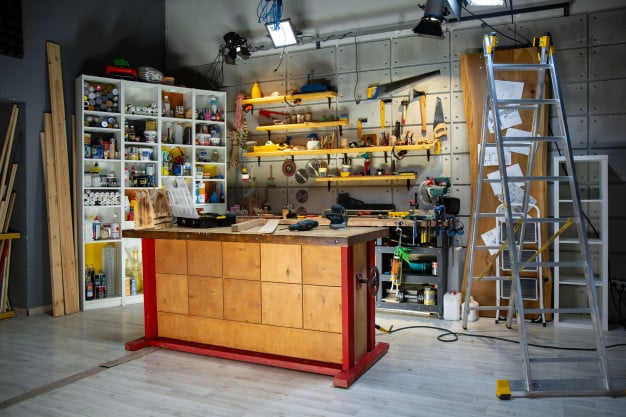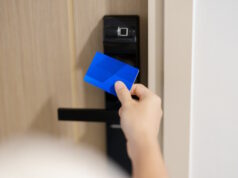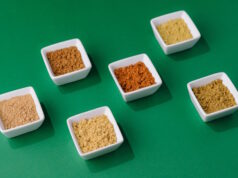
Thinking about enhancing your home. You can start with the walls and floors. Gear4Wheels recommends that if you want to paint concrete successfully, you must prepare for the activity properly. That would mean following the steps below to achieve satisfying results when painting on concrete surfaces. With these guidelines, you can paint any type of concrete, be it your basement wall or floor, driveway, garage floor, or outdoor patio, with ease and efficiency.
Concrete is a little bit trickier to paint than other surfaces. It is porous, moisture-adhesive, and paint-absorbing (and we don’t mean that in a good way). Unlike drywall that you can paint successfully in a day or two, a concrete surface could take you around a week to paint.
The paint and concrete surface’s quality should also factor into the equation. Low-quality paint tends to have less adhesive power, and poorly made concrete could hold too many gouges and protruding lumps for one to fix entirely.
If you want the paint to stick to concrete as well as it should, follow these steps for applying it to the said surface:
Step 1: Clean and patch the surface up
A concrete surface is porous and is therefore prone to trapping oil, dirt, and grease. Forgetting to clean before the initial application could lead to a very lumpy outcome. The same could be said if one forgoes patching the holes up and scraping the bumps off the surface.
You can start this unglamorous step by applying a concrete filler to the surface. It acts as a primer that fills the scratches, gouges, and holes in the concrete. Once dry, repair affected areas until they are smooth enough to paint on.
Then, the cleaning of the patched-up concrete surface begins. Using a mixture of warm water and TSP or trisodium phosphate, wipe down the surface thoroughly. Work the solution carefully on the surface, removing grease and oil marks that would otherwise result in paint discoloration.
The correct TSP-to-water ratio ensures this part is done correctly. So, mix a quarter cup of TSP with a gallon of water. Make sure to wear protective gear when handling TSP, as it can be harmful to the eyes and skin if it makes contact.
Step 2: Let the surface dry thoroughly
TSP can cause a slight bubbling on the concrete surface. Let this bubbling continue for close to half an hour before hosing it off and getting rid of the TSP completely. Then, give the surface at least two days to dry before you start painting.
After day two, run a hand over the concrete and see if it has the feel of 120-grit sandpaper. That would be the indication that it’s primed for painting.
Step 3: Start with the perimeters
When applying paint, begin with the perimeters. Wipe these areas down with a dry cloth or the material appropriate for the surface orientation.
Now, the painting commences. Using a paintbrush, apply the initial coating of paving paint all over the perimeters. A medium-sized paintbrush should provide good enough coverage for the corners and edges. It’s also the perfect size for painting interior and exterior spaces.
Step 4: Paint the interior
You want to use a paint roller for the interior section, as it’s easier to navigate through this part of the surface. If you’re working on a concrete floor, begin the application on the room’s far side so that you end next to an entryway.
This way, you can step off the area without accidentally messing up a section of the painted surface. This particular step is crucial because it prevents you from painting yourself into a corner. After successfully applying that first layer, let it dry for at least a day.
Step 5: Scrape or sand imperfections
Armed with a putty knife, start scraping off the bumps or lumps that resulted from the first coating. These protrusions can affect the paint’s final appearance, so you want to make sure they are out of the picture completely. You also want to sand sections where the paint failed to stick. Couple this with appropriate sweeping to ensure excellent coverage.
Step 6: Apply the final coat of paint
The second application follows much in the way of the initial, but with the roller pressed down even more firmly this time. You’re pretty much mashing the paint into the holes that remained unfilled by the first layer.
Even with the final coating applied, you shouldn’t consider the project a done deal. This should happen only after the paint has dried fully, which should take about five days for a surface expected to receive heavy traffic.
A Perfectly Painted Concrete Wall or Floor
So, there you have it—six simple steps for getting paint to stick successfully on a concrete wall or floor. Each step is critical to doing the job correctly, so make sure not to overlook anything.












